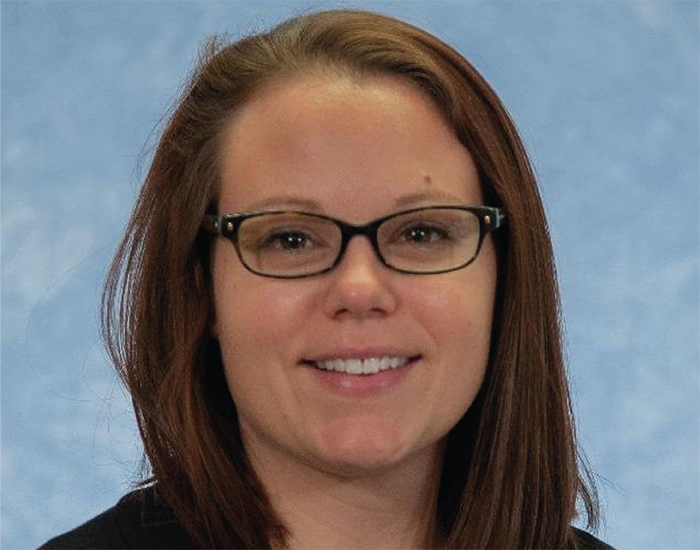Unlike other fields, cannabis science doesn’t have decades or centuries worth of history to fall back on. We are building on top of a new framework, which makes it difficult to get knowledgeable scientists involved. In the wider cannabis science industry, there are also issues surrounding the scheduling of cannabis, which often prohibits the scientific research that is required to establish the fundamentals. Alongside this, there is the public stigma of cannabis itself. Some issues can be solved with investment in the science of cannabis and cannabis scientists, but we need to ensure that we’re producing quality results in the lab to improve the reputation of the field.
When I visit different cannabis labs, there is significant concern about the variety of matrices coming through the door. There isn’t a one-size-fits-all solution for potency analysis – or any other analysis required across cannabis testing. I also see a big challenge across clientele and customers in terms of understanding the science behind the cannabis industry – from why something behaves a certain way to understanding the peaks on a chromatogram and what causes these effects. In particular, I see a lot of high throughput lab situations where there is a lack of expertise – either in gas chromatography (GC), liquid chromatography (LC), or sample preparation. People coming into the field are willing to learn, but the fundamental knowledge is often missing.

Credit: Supplied by Author
I could go on and on (and on) about the key elements of potency testing and cannabis analysis, but there are a few tips and tricks that I’d argue are the most important:
First, even before sample preparation, you need to ensure that you’re getting a representative sample of the final product for testing; for example, when testing a flower, it should be a representative of the entire crop. Likewise, when testing edibles, it should be a representative sample of the whole produce that goes to market. The product is going to be very different after it is processed into an edible!
Second, before starting your analysis, ensure you understand the plan. And remember that sample preparation – from the consumable product selection process to the physical technique of pipetting – can make or break the analysis.
Third, check that your equipment is properly cleaned and maintained so that it can perform optimally. That advice applies to all kits. From the biggest and most expensive MS system to the smallest sample prep component, they all play an essential role in the end result. (If you are using a pipette, is it properly calibrated? Do you have a “drippy tip” that will deliver inaccurate results?)
Fourth, understand the chromatography! Why are the peaks broad? Why is the intensity at the level it is? If you cannot understand the method, the process, and results of your chromatographic analysis, you cannot stand by your results – and nor should you.
Finally, consumers are relying on us to get this right; failures in the lab can result in negative consequences for the general public. And so my fifth and final tip is: always ensure integrity throughout the process – from sample preparation to physical analysis!
Looking to the future of cannabis science, I’d like to see tools introduced that facilitate a more standardized approach. Right now, every lab is doing their own thing. And with a large variety of matrices coming through the door, something similar to an EPA or a USP method could be hugely beneficial to the field.
I hope the curiosity and desire to investigate remains at the forefront of the minds of cannabis scientists. With more guidance, funding, and understanding, we could see some exciting breakthroughs in the near future.




